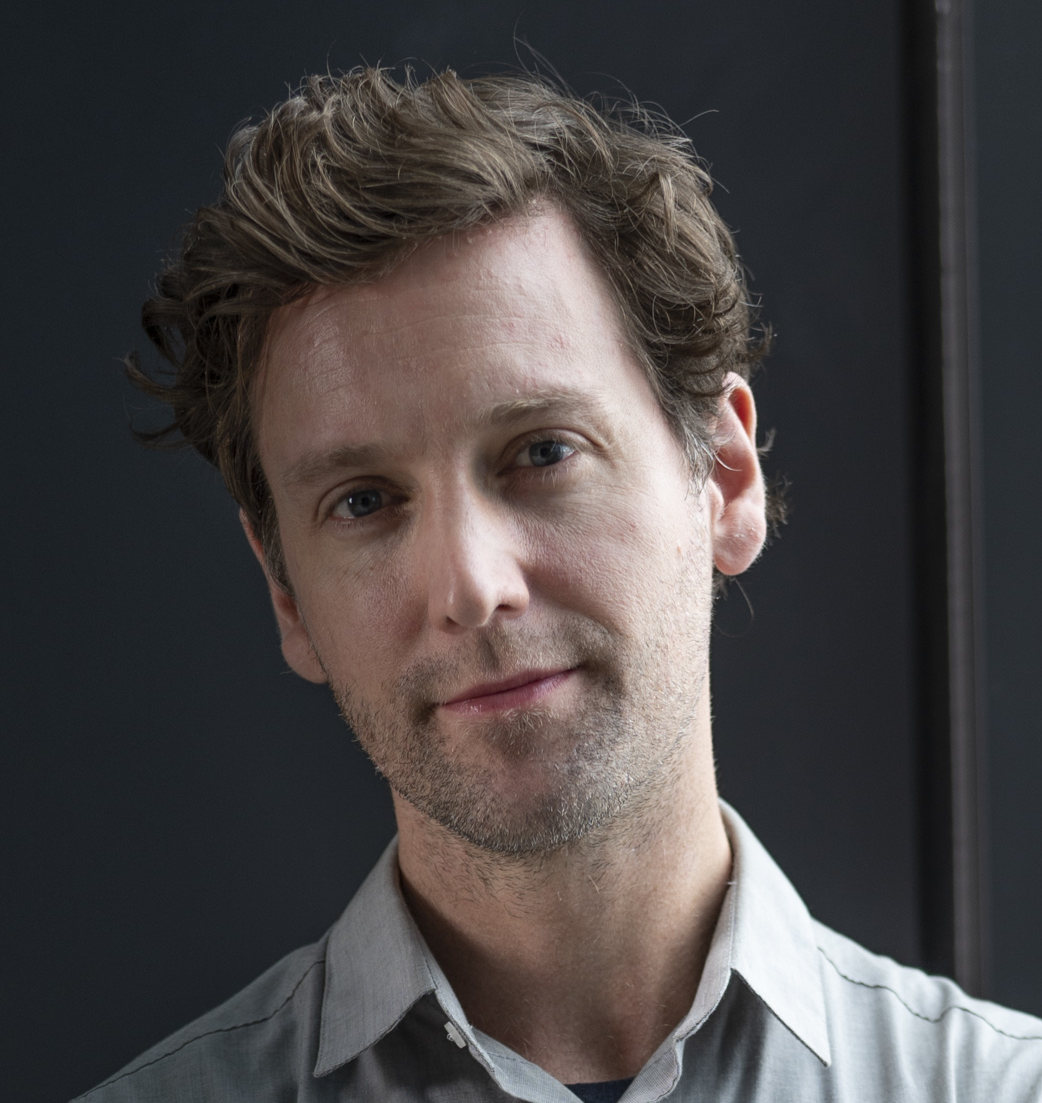
Crocodiles, including the saltwater crocodile (Crocodylus porosus), have the remarkable ability to swim underwater at high speed while barely making a ripple at the surface.
It’s been hypothesised that crocodiles are able to do this because the bony ridges on the crocodile’s back (called scutes or osteoderms) produce destructively interfering wake patterns at the water surface, like noise-cancelling headphones. Understanding and replicating this phenomenon could have important implications for submarine and ship hull design.Â
In this project, we’ll evaluate this hypothesis using a combination of theory, numerical modelling and laboratory experiments using 3D-printed crocodile models in a wave flume. Experience with Python programming is essential. This project will be co-supervised by Dr Geoff Vasil (U. Sydney), Dr Chris Lustri (Macquarie) and Dr Shane Keating (UNSW).




